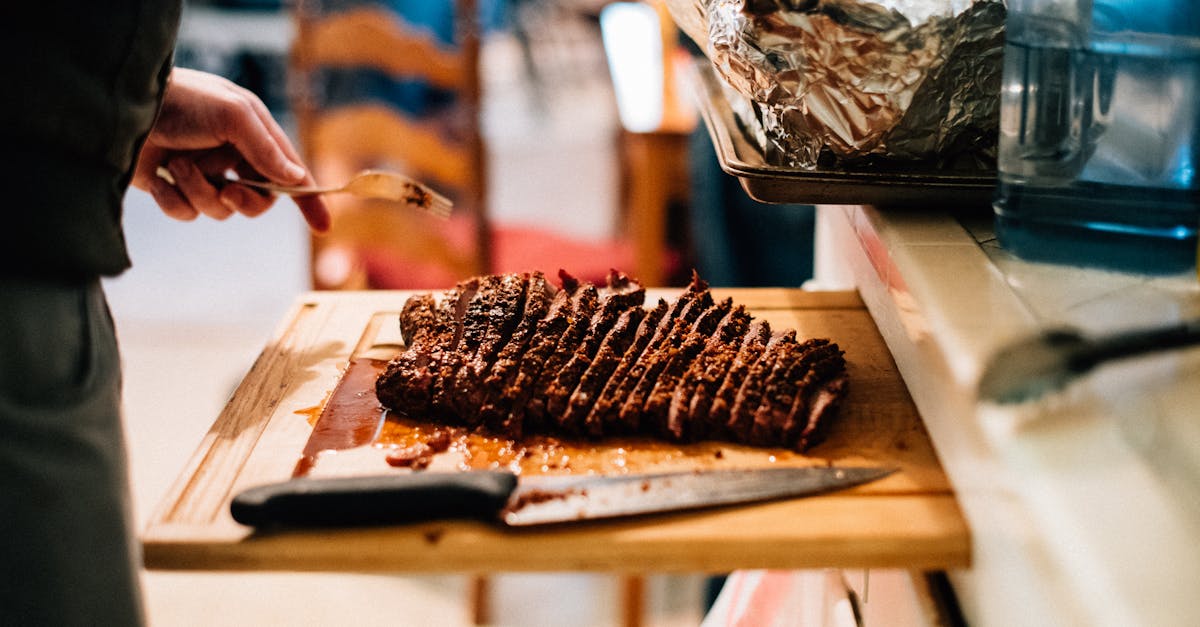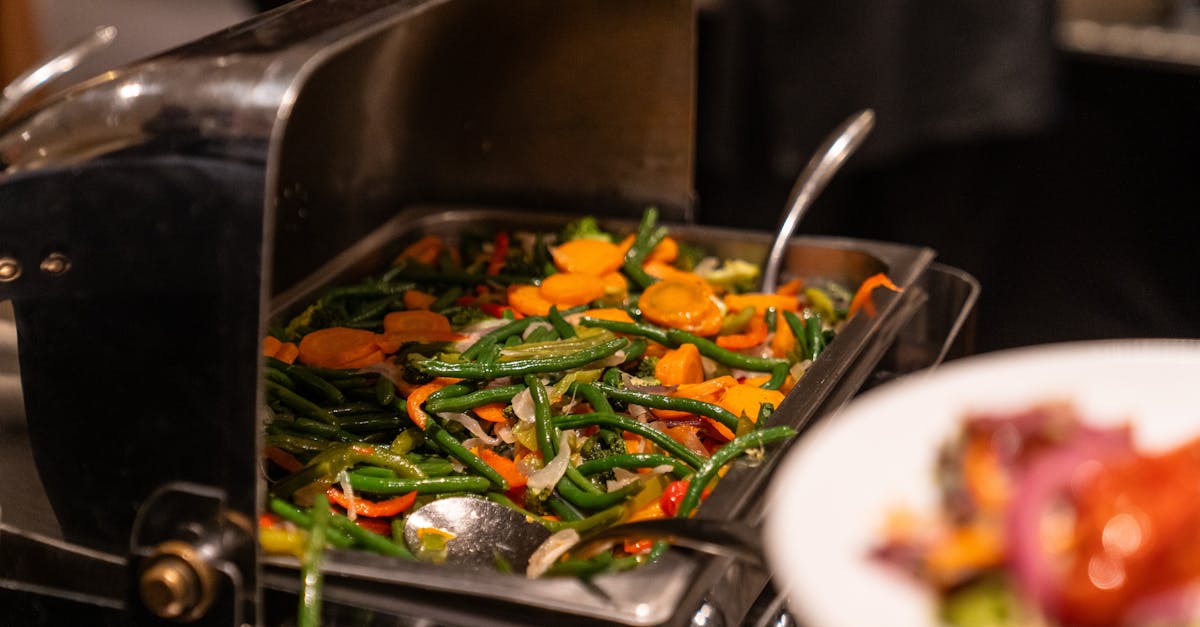
Introduction to Culinary Innovation
The culinary world has always been dynamic, continuously evolving to integrate emerging technologies, shifting consumer preferences, and global influences. In 2025, food enthusiasts are in for a delightful surprise as the culinary landscape embraces a bevy of exciting trends. As we look ahead, what can diners expect? From eco-conscious gastronomy to technology-driven dining, the future promises a cornucopia of flavors and experiences. This article explores the movements reshaping how we eat, focusing on savory, sustainable, and sensory-driven innovations.
The Rise of Plant-Based Menus
One of the most transformative trends in the culinary world is the increasing prevalence of plant-based menus. Veganism and vegetarianism, once fringe lifestyles, have gained mainstream traction, fueled by growing awareness of health and environmental concerns. Restaurants and chefs are innovating with plant-based ingredients, creating dishes that rival traditional meat-based offerings in taste and texture. Expect to see more jackfruit tacos, mushroom burgers, and tofu steaks on menus worldwide as chefs explore new protein alternatives and plant-derived flavor enhancements.
Sustainable Sourcing Takes Center Stage
With climate change concerns escalating, the focus on sustainable sourcing has become paramount in the culinary sector. Chefs and restaurants are partnering with local farmers and fisheries to obtain fresh, organic, and responsibly sourced ingredients. This movement not only fosters environmental stewardship but also supports local economies and ensures freshness in every dish. In 2025, diners can look forward to more farm-to-table establishments and seasonal menus, offering a connection to the land and a narrative behind each meal.
Tech-Infused Dining Experiences
Technology is transforming dining experiences, blurring the lines between food and innovation. Virtual reality dining, AI-driven menu personalization, and robotic chefs are at the forefront of this transformation. These technologies are set to deliver interactive and personalized dining experiences previously unimaginable. Imagine donning VR headsets to enjoy an intimate candlelit dinner on a beach or having a robot prepare a sushi roll tailored to your taste preferences. In 2025, the collaborative dance of gastronomy and technology will elevate dining into an experiential art form.
The Globalization of Flavor
Globalization continues to expand the horizons of taste, introducing diners to an array of international flavors and culinary techniques. From Nigerian jollof rice to Korean bibimbap, global flavors are becoming mainstream. Chefs are experimenting with fusion cuisine, blending traditional recipes with global influences for innovative experiences. In 2025, expect never-before-seen collaborations as culinary artisans experiment with multi-cultural ingredients, creating a tapestry of flavors that celebrate diversity and unity in gastronomy.
Functional Foods for Wellness
A strong undercurrent in the culinary world is the focus on functional foods—those that provide benefits beyond basic nutrition. As health-conscious diners seek to fortify their meals with ingredients that offer therapeutic advantages, the demand for foods loaded with probiotics, adaptogens, and antioxidants is soaring. Advances in nutritional science have enabled chefs to craft dishes that cater to specific health goals, be it boosting immunity, enhancing cognition, or reducing inflammation. In 2025, wellness-focused menus, including mood-enhancing teas and gut-healing broths, will become the norm.
Savoring Nostalgia with Comfort Foods
Despite futuristic trends, comfort foods remain a culinary cornerstone. In times of uncertainty, these dishes offer solace and evoke a sense of nostalgia. Chefs are reinventing classic comforts with contemporary twists, infusing recipes with gourmet ingredients or modern cooking methods. Expect to see reimagined mac 'n' cheese with truffle oil, or artisanal meatloaf crafted from alternative proteins. As people seek familiarity in fast-paced times, these nostalgic yet novel creations are poised to hold significant sway over future dining experiences.
Unique Dining Formats
Dining formats are undergoing transformation, with pop-up restaurants, food trucks, and collaborative kitchens changing how people experience food. These innovative setups promote creativity, flexibility, and accessibility in dining. Pop-ups allow chefs to experiment with culinary concepts without the constraints of traditional restaurant spaces. Collaborative kitchens provide budding chefs a platform to showcase their skills. Food trucks bring gourmet food to street corners, making fine dining more accessible. In 2025, these alternate formats will continue to thrive, offering a democratic approach to experiencing gourmet delights.
Fine Dining in Casual Settings
Fine dining, once synonymous with formal settings, is experiencing a paradigm shift as it enters casual domains. The rise of "gastro-theaters"—casual settings with high-end dining experiences—allows diners to enjoy upscale cuisine in relaxed environments. These formats offer approachable luxury, emphasizing the joy of good food in an unpretentious setting. With affordable pricing structures and authentic ambiance, the culinary divide between opulent and accessible is narrowing. In 2025, these trends are likely to redefine luxury, making high-quality gastronomy available to a broader audience.
Embracing a New Culinary Era
As we savor the future, these culinary trends signal an exciting evolution, promising a dining experience that is sustainable, inclusive, and innovative. Plant-based diets, tech-driven dining, and global flavor palettes stand out as markers of this new epoch. The future of food celebrates globalization while cherishing local traditions, balancing the old with the new. As we conclude our exploration of culinary trends, it becomes evident that our palates are primed for adventure. Ready or not, 2025 invites us to embark on a gastronomic journey like no other.